The PropTech Solutions Future-Proofing Property
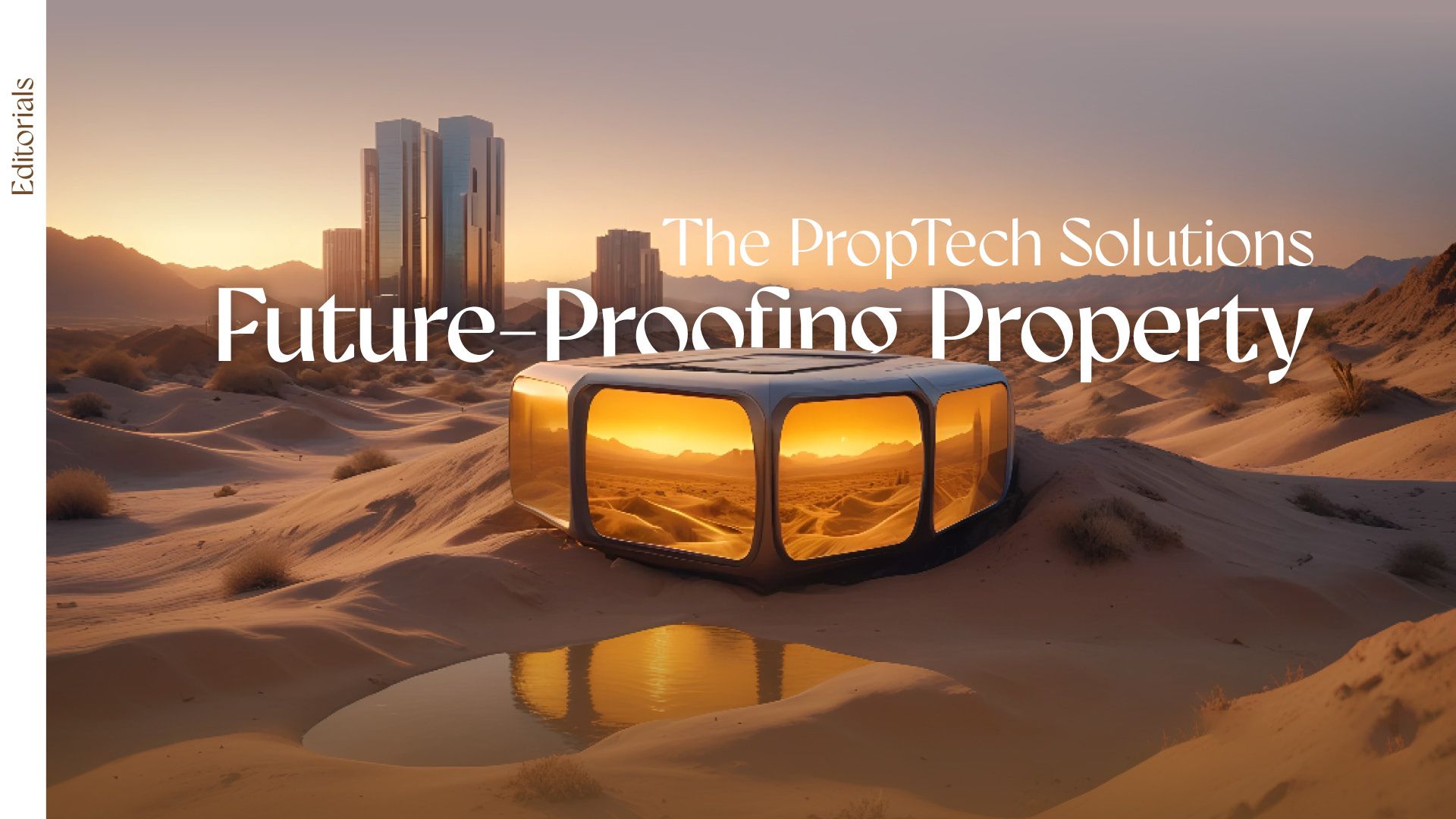
PropTech has fast-tracked from conceptualisation to scalable implementation demonstrating tangible impacts on efficiency, user experience and profitability. It’s an exciting time where we’re observing transformations in both working and living spaces all the way from Amsterdam to Riyadh. Here’s a round-up of the latest solutions creating impact and some standout real-world applications.
1. Generative AI for Design and Development
What’s the solution?
AI models capable of creating new content, including architectural designs, floor plans, virtual staging, and even investment models, from simple text prompts or existing data.
What impact does it have?
- Accelerated Design Cycles: Rapidly generate multiple design iterations, test layouts and optimise space utilisation in minutes, not weeks.
- Hyper-personalised Spaces: Create highly customised residential or commercial designs based on specific user preferences and demographic data.
- Cost Reduction: Reduce reliance on extensive manual drafting and modelling in early conceptual stages.
- Superior Development: AI can analyse vast datasets to suggest optimal building orientations, material choices and amenity placements for energy efficiency or tenant satisfaction.
2. Advanced Digital Twins with Predictive Analytics
What’s the solution?
Hyper-realistic virtual replicas of physical buildings or entire urban developments, integrated with real-time data from IoT sensors, building management systems and external sources such as weather and traffic reports.
What impact does it have?
- Proactive Maintenance: Predict equipment failures before they occur, minimising downtime and maintenance costs.
- Boosting Operations: Real-time monitoring of energy consumption, occupancy and environmental conditions allows for dynamic adjustments to HVAC, lighting and security, leading to significant efficiency gains and cost savings.
- Elevated Tenant Experience: Refine comfort, air quality and security based on real-time feedback loops.
- Strategic Planning: Simulate the effect of renovations, expansions, or new service integrations, allowing for data-driven decisions about asset utilisation and future developments.
3. AI-Powered Predictive Maintenance and Building Management
What’s the solution?
Leveraging AI and machine learning to interpret data streams from building sensors (IoT) to identify patterns, anomalies and predict maintenance needs. This moves beyond reactive, or even preventive maintenance, to truly predictive strategies.
What impact does it have?
- Controlled Operating Costs: Minimises emergency repairs, extends asset lifespan and hones technician deployment.
- Improved Tenant Comfort and Safety: Ensures consistent operation of critical systems, for example HVAC, elevators and fire suppression.
- Sustainability Gains: Optimised system performance often leads to lower energy consumption.
4. AI for Hyper-Personalised Client and Tenant Experiences
What’s the solution?
AI systems scrutinise huge amounts of user data (preferences, behaviour, feedback) to offer extremely tailored recommendations, services and communications.
What impact does it have?
- Targeted Marketing and Sales: AI identifies prime buyers and tenants, predicts their needs and customises property recommendations or marketing messages to improve conversion rates.
- Enhanced Tenant Services: Bespoke amenity suggestions, smart concierge services and proactive problem-solving based on individual usage patterns in residential or commercial buildings.
- Increased Retention: Satisfied tenants or clients are more likely to renew leases or make repeat investments.
5. Environmental, Social, Governance and Carbon Tracking Platforms
What’s the solution?
Software and IoT solutions specifically designed to monitor, measure and report on a property's environmental performance (including energy consumption, water usage, waste generation, carbon emissions) and social impact.
What impact does it have?
- Regulatory Compliance: Helps properties meet increasingly stringent sustainability regulations and reporting mandates.
- Investment Appeal: ESG-compliant buildings generate higher valuations and draw a growing audience of green-focused investors.
- Operational Efficiency: Identifies areas for energy and resource savings, leading to significant cost reductions.
- Brand Reputation: Demonstrates commitment to sustainability, appealing to environmentally conscious tenants and stakeholders.
6. Blockchain for Fractional Ownership and Smart Contracts
What’s the solution?
Adopting blockchain technology to create secure, transparent and immutable records of property ownership (tokenisation) and to automate legal agreements (smart contracts).
What impact does it have?
- Increased Liquidity: Fractional ownership of properties becomes easier, allowing smaller investors to participate and existing owners to sell parts of their assets more easily.
- Reduced Transaction Costs: Automates processes, cuts out intermediaries and streamlines legal procedures.
- More Transparency: All transactions are recorded on an immutable ledger, reducing fraud and boosting confidence.
- Global Accessibility: Opens up real estate investment to a wider and more international investor base.
7. Robotics and Automation in Construction and Property Management
What’s the solution?
Deployment of robots and automated systems for tasks previously done manually in construction (for example bricklaying robots, autonomous material transport) and property management, such as cleaning robots and security drones.
What impact does it have?
- Maximised Efficiency and Speed: Automates repetitive or labour-intensive tasks, speeding up project completion.
- Better Safety: Reduces human exposure to dangerous construction or maintenance environments.
- Cost Reduction: Lower labour costs and optimised resource usage.
- Consistent Quality: Robots perform tasks with higher precision and uniformity than humans.
These solutions are not just buzzwords – they represent a fundamental shift in how real estate is developed, managed and interacted with, promising a more efficient, sustainable and user-centric industry.
Here’s a quick look at PropTech in action around the world:
The Edge, Amsterdam
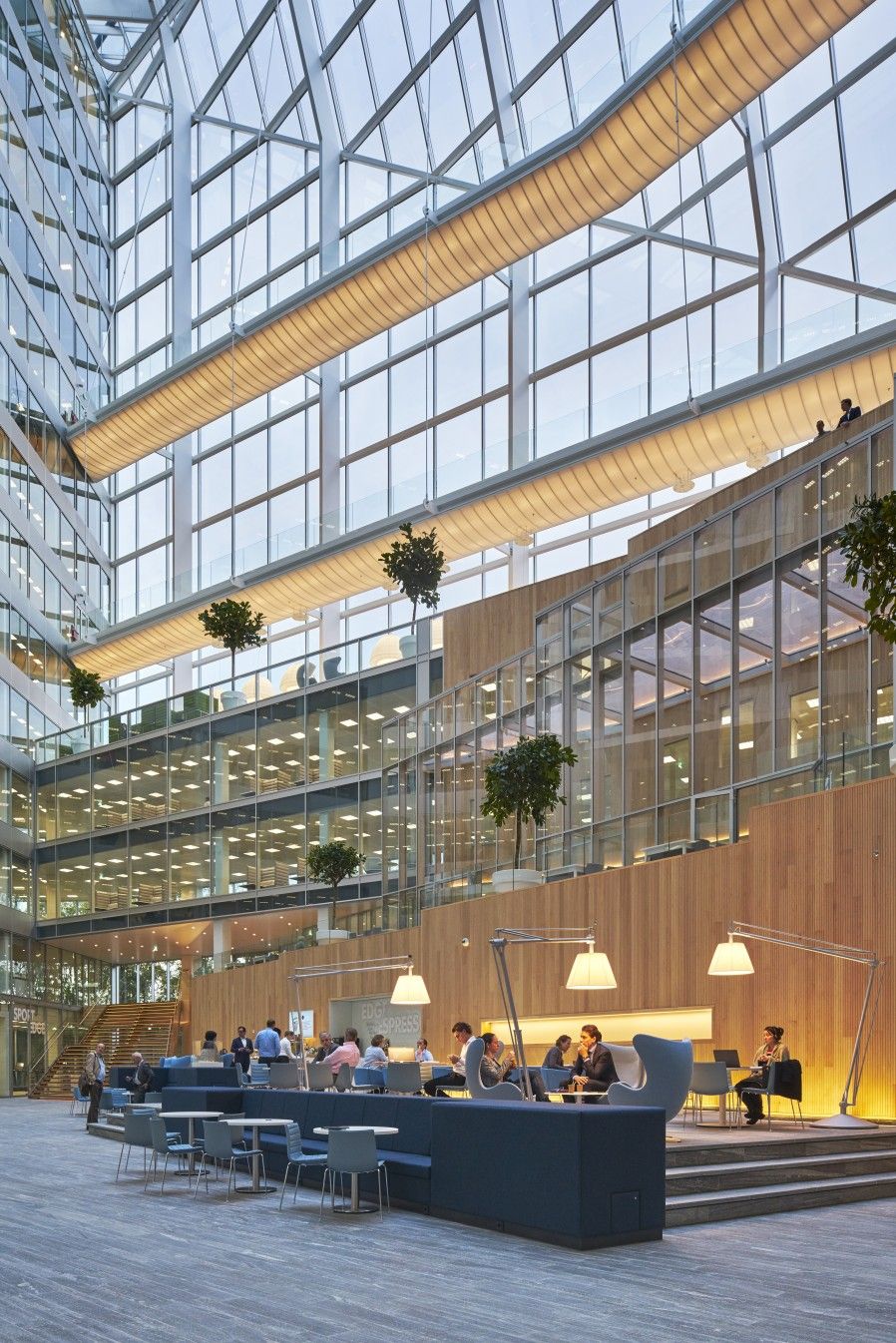
Most Unique Fact: It's famous for being a "computer with a roof," generating more energy than it consumes (102% of its needs) and boasting one of the world's highest sustainability ratings (BREEAM Outstanding 98.36%). Its 28,000+ sensors monitor everything, even coffee machine usage, to dynamically optimise the building for energy and individual employee comfort.
Hudson Yards, New York City
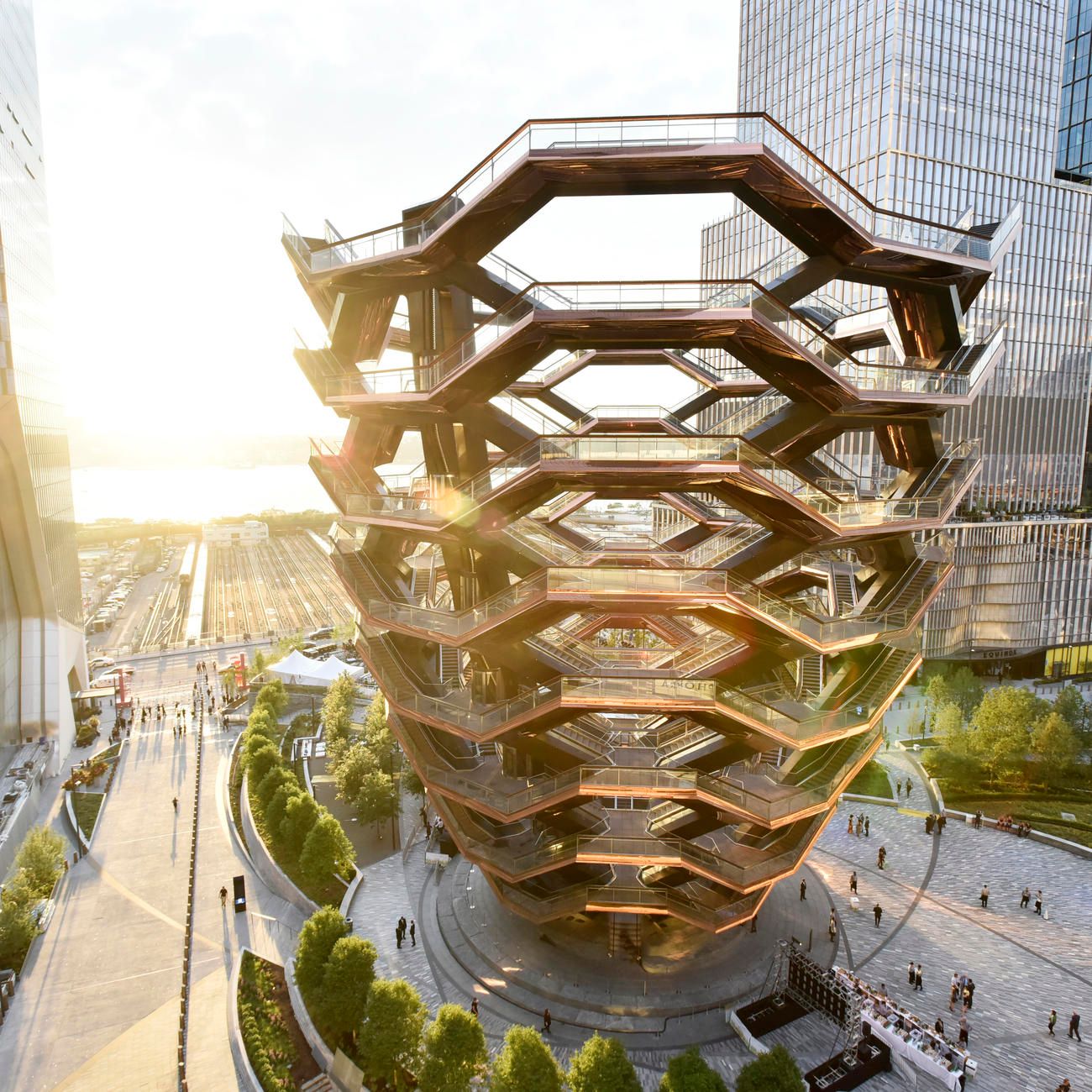
Most Unique Fact: This is a ground-breaking "quantified community" operating at a district scale. It collects over 150 million data points per day from sensors across its 28 acres, feeding into an "Energy Control Centre" (or Nerve Centre) that uses AI to orchestrate real-time optimisation of everything from air quality and waste management to pedestrian flow and a sophisticated cooling system for plants built over active train tracks.
ROSHN Communities (SEDRA), Riyadh
Most Unique Fact: As a cornerstone of Saudi Arabia's Vision 2030, ROSHN is rolling out smart-enabled residential communities on a massive national scale. Their unique approach blends traditional Najdi architectural elements with modern smart home technologies as standard, employing digital twins for entire community lifecycles from design to post-occupancy management, ensuring high-quality, sustainable living for vast numbers of new homeowners.
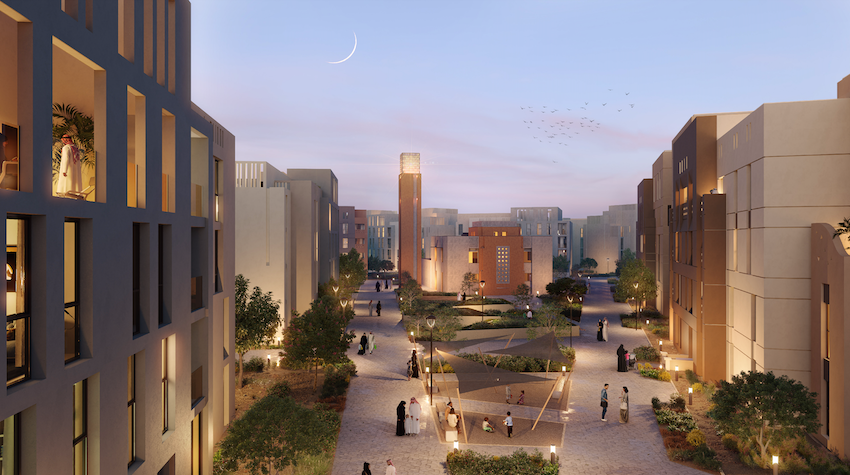
District 22@, Barcelona
Most Unique Fact: This is a pioneering example of urban regeneration leveraging PropTech to transform an industrial zone into a vibrant innovation district. Its unique features include intelligent street lighting that adapts to pedestrian movement, an underground pneumatic waste collection system that eliminates street-level bins, and a strong focus on open data platforms to manage city services and foster a thriving tech ecosystem.
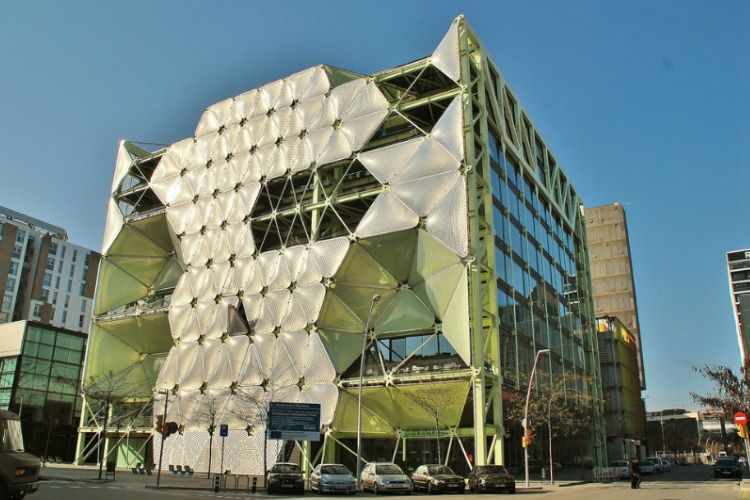
Website | Show Sectors | Why Exhibit? | Why Attend? | Testimonials | Editorials | Download our Sales Brochure
)
)
)